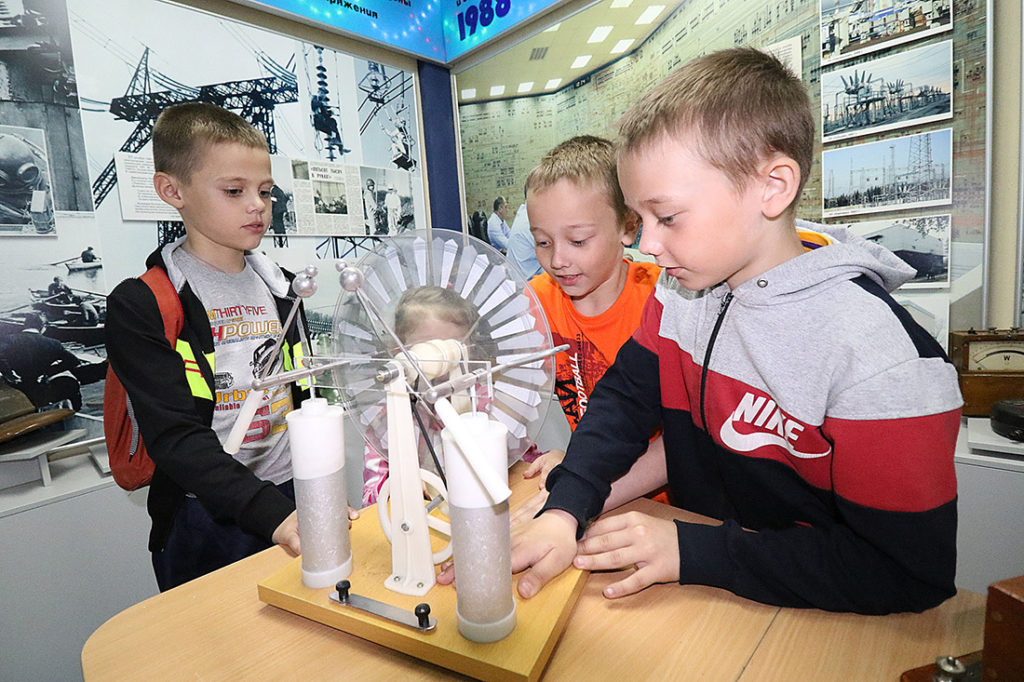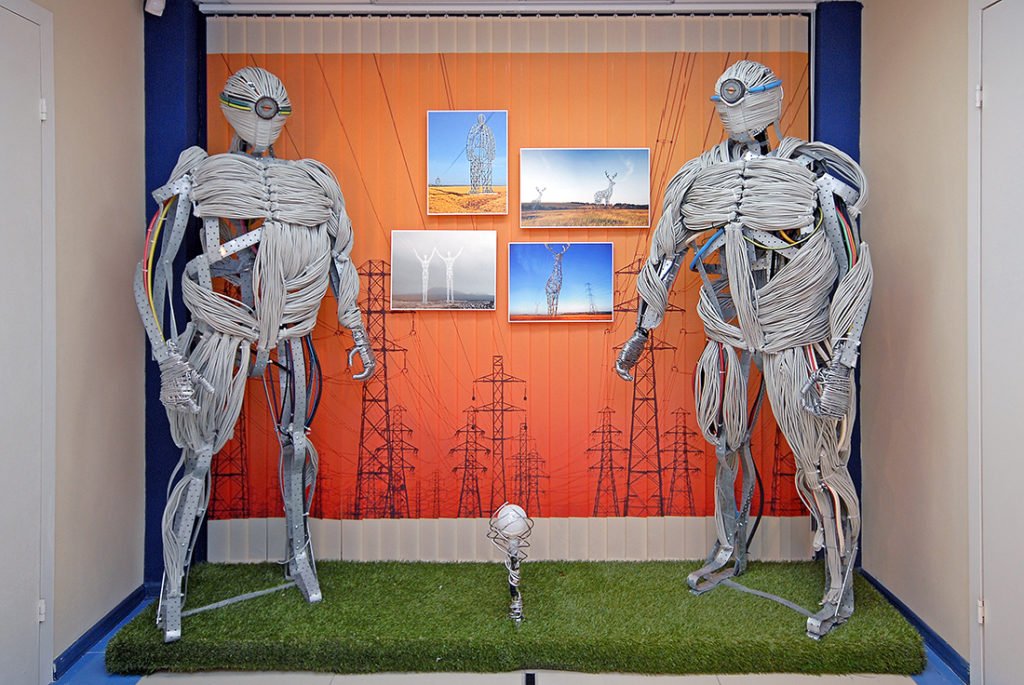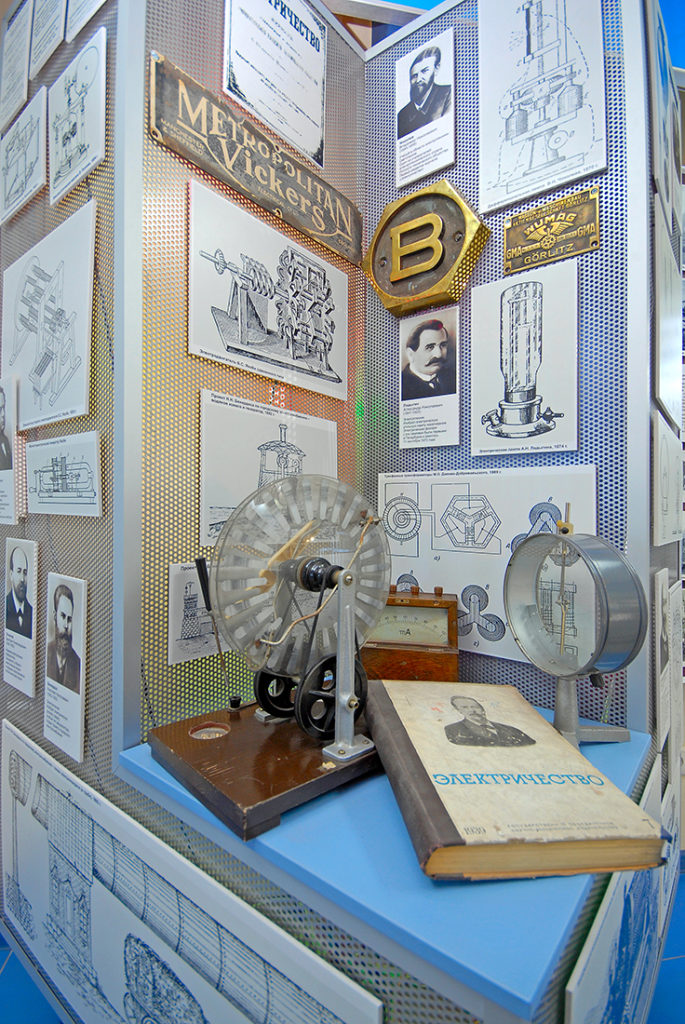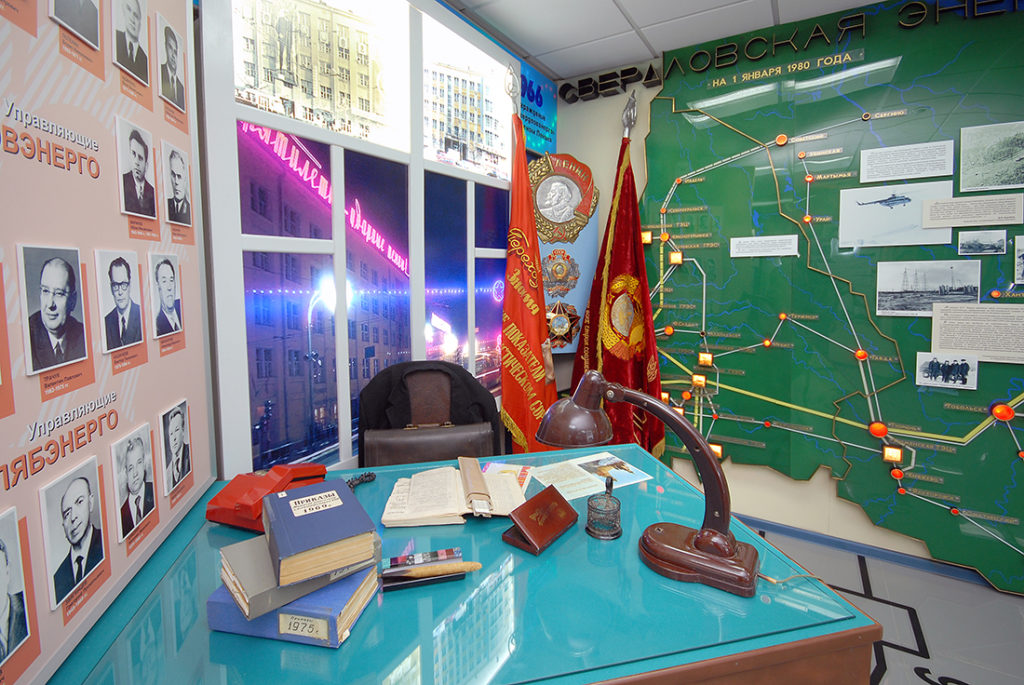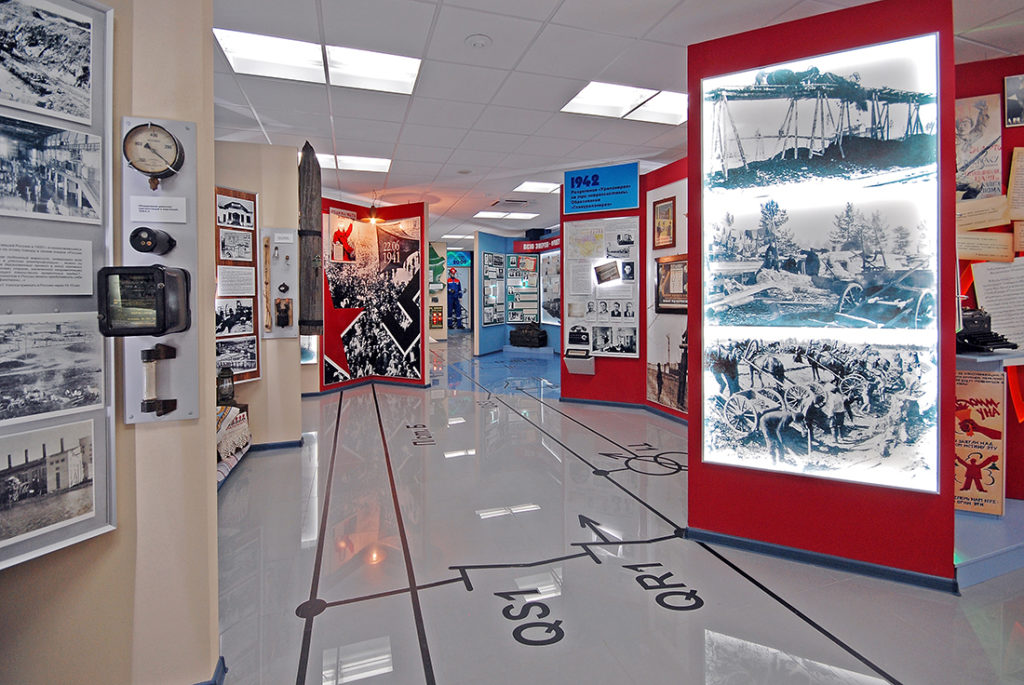The Rosseti Ural Energy Museum
Sverdlovsk region
Contact information
Sverdlovsk region, Yekaterinburg, Prospekt Cosmonavtov ul., building 17a
Tel.: +7 (343) 359-13-95
E-mail: Zhuk-VO@rosseti-ural.ru
Operating hours
Mon – Thu: from 10:00 to 17:00
Fri: from 10:00 to 16:00
visits only with a guided tour by appointment
Ticket price
Free excursions
Museum founder
Rosseti Ural Energy company
Museum director
Valentina Olegovna Zhuk
Founded
2013
In 1976, a museum was created at one of the largest Sverdlovsk power systems in the USSR, which showcased the energy development in the Sverdlovsk region. It was in a closed area and was accessible and understandable mainly to power engineers. During the energy system reform in the early 2000s, the museum was mothballed for almost a decade and its exposition became dilapidated and lost relevance.
In 2008, after the formation of the JSC IDGC of Urals (since 2019, the Rosseti Ural company), which included the grid complexes of Perm, Chelyabinsk and Sverdlovsk power systems, a decision was made to revive the museum, but in a new format.
The museum received a historical profile, a new platform accessible to any visitor, and a new name – the Ural Energy Museum.
Its grand opening took place in December 2013.
The museum’s design has an original artistic style based on energy symbols: the floor is decorated with a transformer substation scheme, a three-phase electrical current runs along the perimeter of the halls with colored garland, and the cloakroom is made from street lamp silhouette forms and power lines.
The museum’s permanent exhibition is built on the historical and chronological principle with the involvement of modern museum, art, and information technologies.
The Ural energy industry’s development history is represented here, from the “water wheel” and “Illyich’s lamp” to modern energy technology achievements.
The museum fund has more than 15,000 items including photographs (negatives and positives), documents of the Ural energy industry’s formation period at the end of the 19th century and throughout the 20th century, collections of various measuring instruments, and small-sized equipment dismantled from Ural energy facilities, as well as personal funds of power engineers, their things, manuscripts, and memories.
